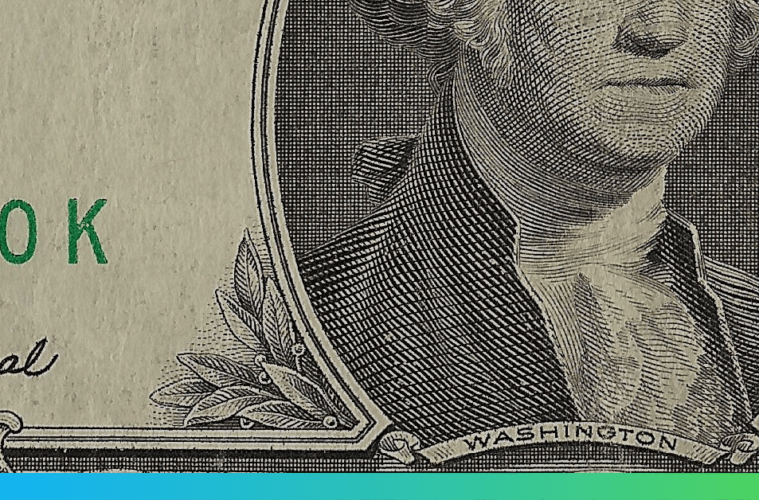Good morning.
Modest recovery in the US dollar depends on a solid Nonfarm Payrolls today
After a 15-month low earlier this week, the US Dollar has staged a modest recovery, rallying almost 2% from the lows of the week against the euro. The pullback has been largely courtesy of strong(ish) US data and speculators taking profit on bearish USD positions ahead of the jobs data today. At present, markets are pricing in just a 9.4% chance of a rate hike at June’s Fed meeting, with a rate hike only becoming more likely than not in December of this year. This hardly sticks to the script that the Fed have laid out in their various pressers and speeches: Fed Chair Yellen and Co have indicated that they expect two rates hikes by the end of 2016, a rate path that would drag the USD significantly higher over the next couple of months if it came to fruition.
Should today’s jobs data significantly beat expectations, it’s likely the market will be dragged closer toward the Fed’s expected rate path, lifting the USD with it and setting the stage for a more protracted recovery. As has often been the case with recent payrolls reports, average weekly earnings will be keenly eyed for signs of inflation bubbling through the labour market and the USD will likely be disappointed with any headline jobs growth under 200,000. Nonfarm Payrolls is due at 13:30 UK time.
UK elections shrugged off, Sterling’s got bigger things to worry about
As expected, local election results have shown a modest weakening of Labour’s position, but they’ve managed to hold onto the key council seats and it looks as if the SNP have fallen just a few seats short of a second majority. Sterling has paid little attention to the ballots and rightly so, as this week’s PMI numbers painted a downcast picture for the national economy.
Yesterday’s Services PMI hit the lowest level in over three years – a further sign that Brexit chatter and turmoil in manufacturing has begun to leak into the UK’s dominant services sector. Taking into account all three PMI releases this week (Services, Manufacturing and Construction), it appears UK growth has slowed sharply to just 0.1% quarterly growth across April from 0.4% in Q1 this year. The volatility of this data raises hopes that there will be a snapback in confidence and business activity after June 23rd but many aren’t so sure the lost output, jobs and morale can be switched back on quite so hastily.
Sterling has followed the data lower this week, and is weaker against both the USD and the EUR. The Bank of England’s next monetary policy meeting comes next week and although the chances of a policy change are very low, the UK is certainly tracking far below the BoE’s forecast of 0.5% growth in Q2.
Have a great weekend.


